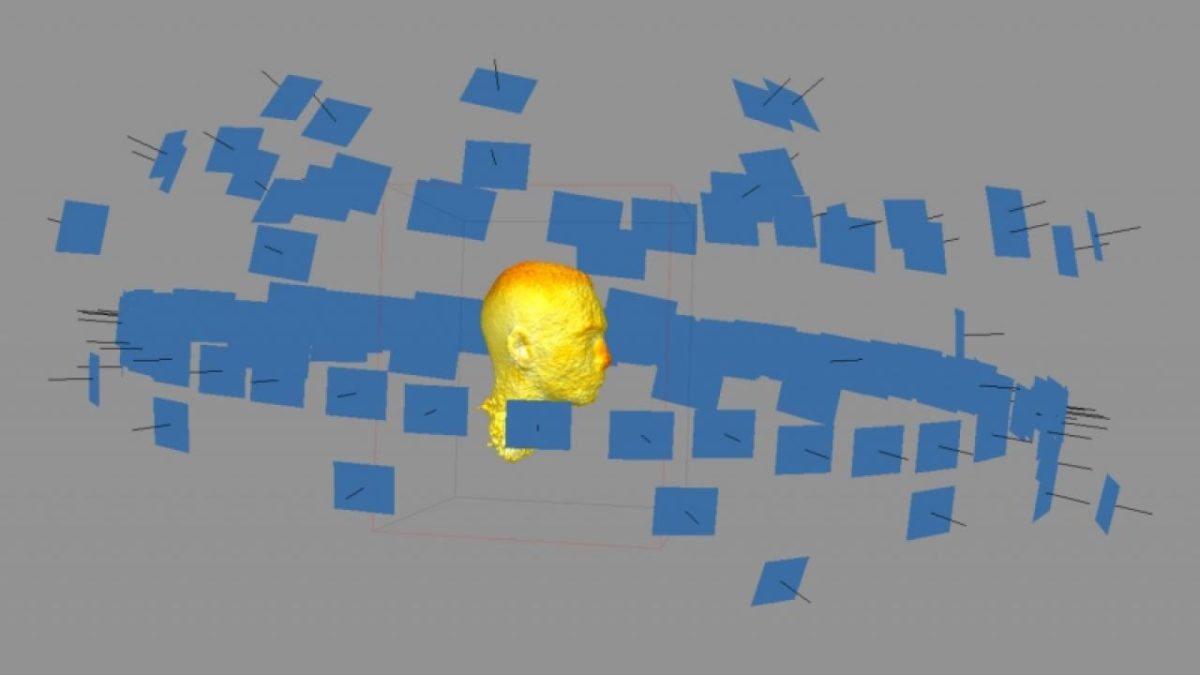
Rapid and exciting developments in imaging technologies are providing new possibilities for creating and conveying visual content. The definition, measurement and modelling of visual image quality is a vibrant area of scientific research that crosses over with the creation of visual aesthetics. But, as philosophy reminds us, the aesthetic properties are not objectively defined. In much of philosophy and art, aesthetic values are seen as both social and subjective, yet not quantifiable or amenable to concept-based scientific modelling. Software that analyses images on aesthetic grounds nevertheless features in the new generations of digital cameras, image editing and content selection tools on the Internet.
This one-day conference will explore and challenge scientific approaches to the judgement of subjective image quality. It will discuss existing and potential new methods of defining image quality and image aesthetics through measurement as well as computational means. It will examine the crossovers and exchanges between philosophical aesthetics, political and social art practices, as well as artistic production, and a new generation of computational aesthetics. What are the implications of computer algorithms or artificial intelligence tools that judge the aesthetic success or failure of an image? How do computational approaches cope with aesthetic innovation, cultural discourse and critical art practice? The conference will consider issues and questions such as these by bringing together academics, artists, students and professionals working in imaging or with images in artistic and scientific fields, with a view to fostering the exchange of knowledge and ideas in the field of art/science aesthetics.
The conference is organized by the Computational Vision and Imaging Technologies Research Group (School of Computer Science and Engineering), the Centre for Research and Education in Arts and Media(CREAM) (Westminster School of Arts) of the University of Westminster, the Rochester Institute of Technology, USA, in collaboration with the IET’s Vision and Imaging Network and the Imaging Science Group of the Royal Photographic Society.